
By Samuel E. Georgian - Temple University
October 24, 2010
Greenhorn. Rookie. Novice. When it’s your first time out at sea, these are all phrases that you hear pretty often. The first time someone called me a greenhorn, I was annoyed. After all, it said ‘Scientist’ on my door, right? As the cruise began however, I realized the validity of the phrase. I had everything to learn and no time to learn it in. I made mistakes, asked a million questions, and had to be taught everything from how to process samples to where to throw up (over the side, in case you ever find yourself on a NOAA ship).
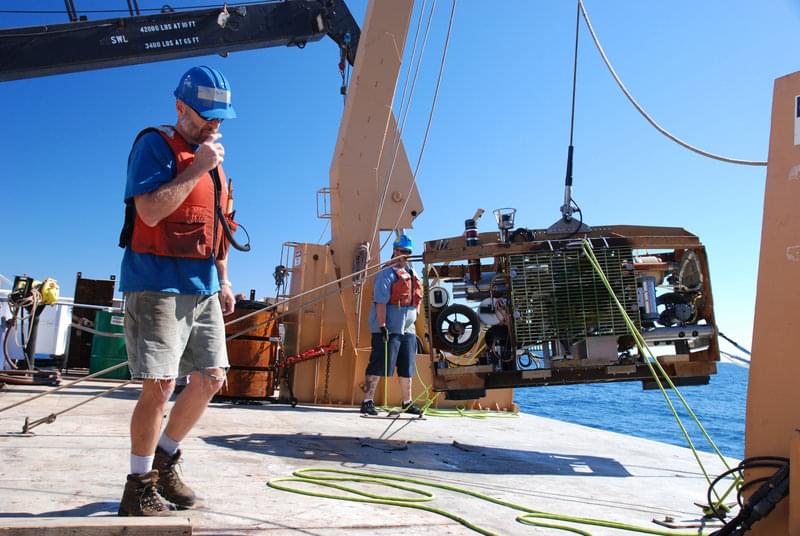
Bringing the ROV set Medea and Jason home aboard the research vessel, Ronald Brown is just the beginning of the research. Image courtesy of MarkSchrope.com/Lophelia II 2010 Expedition, NOAA-OER/BOEMRE. Download larger version (jpg, 3.8 MB).
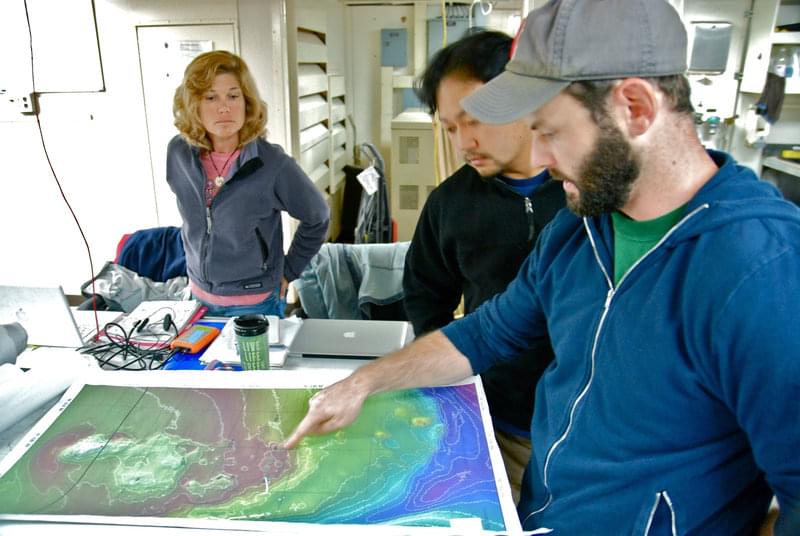
Knowing where the science sampling occurred is critical to future analysis. Lead Scientist, Erik Cordes, goes over each track plot meticulously insuring that the data collection is tied to real space and time. Image courtesy of MarkSchrope.com/Lophelia II 2010 Expedition, NOAA-OER/BOEMRE. Download larger version (jpg, 3.5 MB).
To the outsider, it might be hard to imagine any benefits of being so new to the job. From the moment I stepped on NOAA Ship Ronald Brown, everything was completely foreign to me. I routinely got lost inside the ship’s twisting corridors and spent my first two days trying to fight off the inevitable seasickness. As low man on the totem pole, I was given the late night watch in the Remotely Operated Vehicle (ROV) control van, only able to snatch bits of sleep when I could during the day. I had to get used to the uncomfortable bunking, irregular work hours, and odd meal times that come with being onboard. To the outsider, it may seem overwhelming – but I had the time of my life.
In part, I enjoyed my first cruise experience so much because I was a greenhorn, not in spite of it. Most scientists share a love of the unknown; of the unexplored or undiscovered. Through my eyes, every species was new; every dive was a first exploration. I was so eager to actually see the habitats and species that I had been reading about that even the most mundane task were fascinating. Standing watch in the ROV control van, collecting genetic samples, or analyzing water chemistry were all amazing experiences for me because they were among my first glimpses into the deep-sea environment.
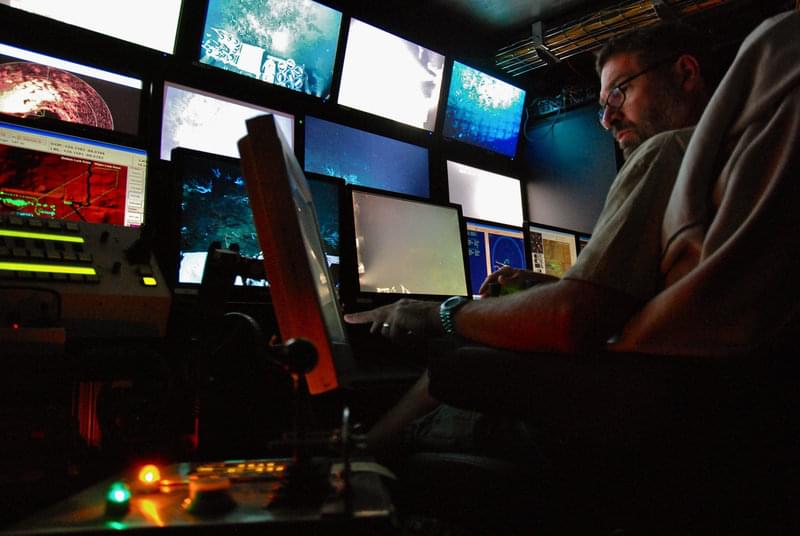
The Jason, flight crew know exactly where the ROV is at all times and through a series of cameras mounted on the ROV can capture images and video of the scientific work. Image courtesy of MarkSchrope.com/Lophelia II 2010 Expedition, NOAA-OER/BOEMRE. Download larger version (jpg, 2.5 MB).
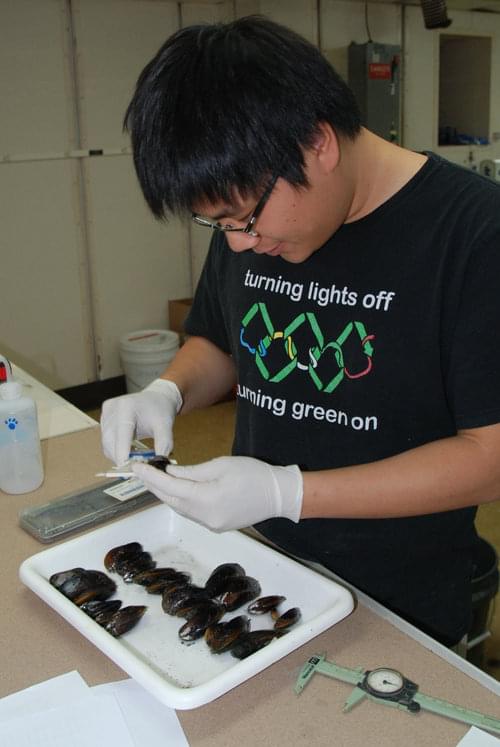
Once the samples are up the documentation and analysis begins. Pen-Yuan Hsing is measuring mussels. Image courtesy of MarkSchrope.com/Lophelia II 2010 Expedition, NOAA-OER/BOEMRE. Download larger version (jpg, 1.5 MB).
Being a greenhorn also meant that this was the perfect time to go on a cruise. Having the opportunity to participate in this cruise so early in my graduate studies gave me the ability to meet scientists within my field and see— or even help with—their research projects. After leaving the Ronald Brown, I will have a better idea of what specific research areas are already being studied, and what questions still need to be answered. Great science is innovative, and my experiences on this cruise have inspired me to start thinking creatively at a very early stage in my career.
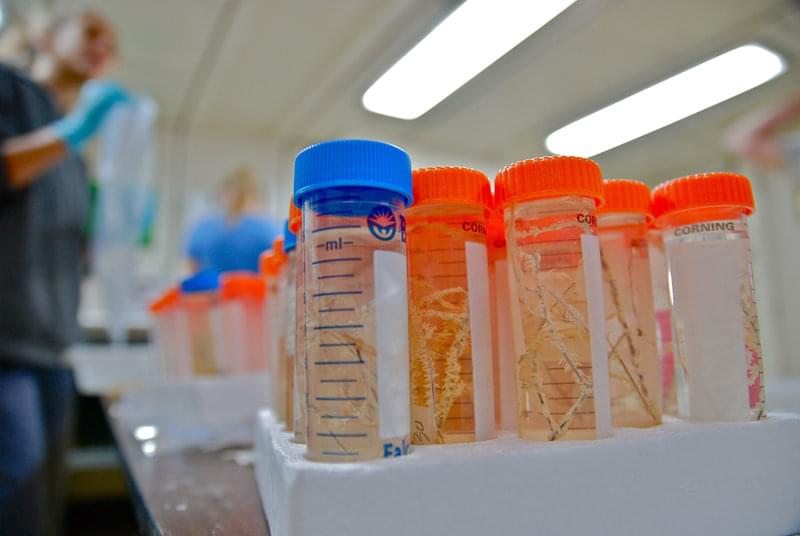
Throughout the day scientists and grad students ready the samples for transport back to the labs on land. Image courtesy of MarkSchrope.com/Lophelia II 2010 Expedition, NOAA-OER/BOEMRE. Download larger version (jpg, 3.0 MB).
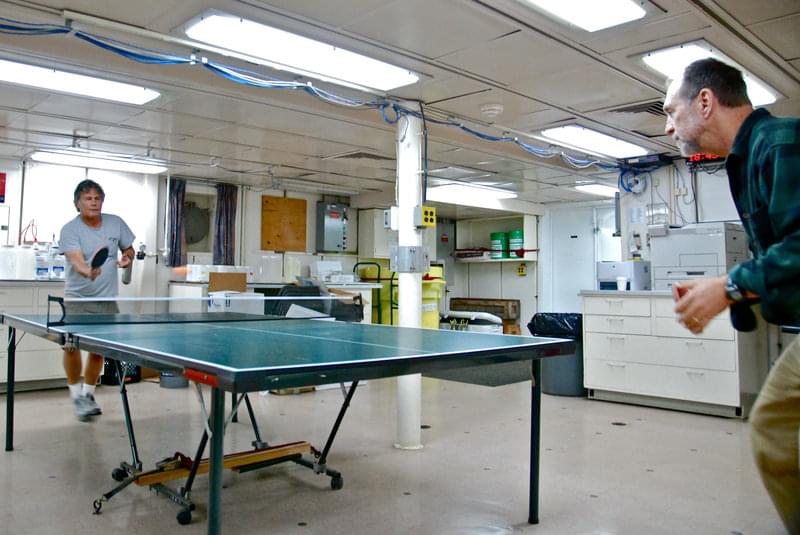
The days are long and as the saying goes, “the nights are longer.” A common schedule is for the ROV to launch at 4pm and come up at 8am the next morning. Documentation and specimen prep goes on during the day. But even the most dedicated need some rest and relaxation. Image courtesy of MarkSchrope.com/Lophelia II 2010 Expedition, NOAA-OER/BOEMRE. Download larger version (jpg, 2.8 MB).
So, am I a greenhorn? Not anymore. Next time I go on a research cruise, I will know at least some the ropes. I will probably get lost a little less, make fewer mistakes, and [hopefully] be less seasick. As much as I will enjoy being more knowledgeable on these future excursions, part of me will always miss that first-cruise experience when everything was new and exciting.